Still preparing your GTE statement for your Australian student visa? If you’re planning to study in Australia for the 2026 intake, you’ve probably come across the term “GTE in Australia”, especially while researching student visa requirements or drafting your statement. But here’s the truth: the GTE requirement no longer applies.
On 23 March 2024, the Australian Government officially replaced the Genuine Temporary Entrant (GTE) with the new Genuine Student (GS) requirement under Ministerial Direction 106. This policy change was introduced to improve the integrity of the student visa system and make it easier for genuine international students to study in Australia.
So, if you’re still preparing a GTE statement, stop right there, as it is outdated advice. The focus has shifted from proving you’ll leave Australia after your studies to proving you’re genuinely coming to study. This updated 2026 guide breaks down everything you need to know, the difference between GTE and GS in Australia, what documents you’ll need, and how to build a strong, compliant application based on the latest data and visa guidelines from the Australian Department of Home Affairs (DHA).
What is GTE and GS in Australia?
The Genuine Student (GS) requirement is the latest criterion introduced by the Australian government for all student visa applications lodged on or after March 23, 2024. It officially replaces the previous Genuine Temporary Entrant (GTE) requirement. Unlike GTE, which focuses on temporary intent, GS is designed to evaluate whether a student’s primary purpose is to study in Australia and whether their chosen course aligns with their academic and career goals.
Choose your dream country
When do you want to study abroad?
What's your highest level of education?
Select you current city
How Leap will help you
Personalised University Shortlist
Express Applications with Quicker Admits
End-to-End Application Support
Under the GS requirement, applicants must answer a specific set of questions in English, with each response limited to 150 words, directly within their visa application. These questions help assess the student’s academic background, course relevance, future plans, and overall motivation to study in Australia. Students may also need to provide supporting documents such as academic transcripts, financial proofs, or employment records to substantiate their responses.
In addition, many universities conduct their own GS assessments, which may involve interviews or requests for additional documentation to confirm a student’s genuine study intent. The Department of Home Affairs then makes the final decision on the visa application based on all the provided information.
In essence, GS in Australia is not a test but an evaluative process that ensures applicants are genuine, well-prepared, and capable of successfully completing their studies in Australia.
Why the Shift from GTE to Genuine Student (GS)?
Under the new Ministerial Direction 106, the Australian Government replaced the old GTE system with the Genuine Student (GS) requirement to make the student visa process more transparent and reliable. Earlier, the GTE system focused on proving you’d return home after your studies, but it was often misused by non-genuine applicants.
The GS requirement ensures that your main intention for coming to Australia is to study, not to use the student visa as a way to work or settle permanently. In other words, it checks whether your academic goals, chosen course, and future plans genuinely reflect your desire to pursue a quality education in Australia. All applicants for the Student visa (subclass 500) must demonstrate that studying and not employment or migration is their primary purpose under the GS criterion.
Key Factors for Genuine Student (GS) Assessment in Australia
Before you begin your studies in Australia, you must clear the GS (Genuine Student) assessment. Here’s what authorities look for:
- Home Country Ties: Family, employment, or community connections and reasons for not studying a similar course at home.
- Immigration History: Previous visa records, refusals, or overstays a clean history boosts approval chances.
- Visa Compliance: Proof that you’ve followed visa rules in past stays (in Australia or elsewhere).
- Future Intentions: Clear study goals and a genuine plan to return home or pursue legitimate post-study options.
Costs & Financial Requirements for 2026
To meet the GS and visa requirements, students must show they have genuine access to sufficient funds to cover travel, tuition, and living expenses during their stay in Australia. The Australian government also increased the minimum living cost requirement in 2026, making it important to plan your finances carefully.
| Expense Type | Details | Approximate Cost (INR) |
|---|---|---|
| Student Visa Application Fee | AUD 710 | ₹41,180 |
| Annual Living Expense Requirement | Evidence of funds for 12 months | AUD 29,710 (₹17,23,180) |
| Tuition Fees | Varies by course and university e.g., a Bachelor’s degree at the University of Melbourne costs around AUD 45,000–50,000 per year | ₹26,10,000–₹29,00,000 |
Proper financial documentation is crucial for the Genuine Student (GS) assessment, as it proves your ability to support yourself without relying on part-time work or external assistance.
Student Visa Application Process & Documents
While the GTE requirements have changed to GS requirements, the overall application process remains similar.
- Receive Your CoE: Get your Confirmation of Enrolment (CoE) from your chosen Australian university.
- Create an ImmiAccount: This is the official online portal for all Australian visa applications.
- Fill the Application: Complete the Student visa (subclass 500) application form.
- Answer the GS Questions: This is the new step. You will answer the Genuine Student questions as part of this form.
- Attach Your Documents: You will need to upload:
- Confirmation of Enrolment (CoE)
- Passport
- Academic transcripts and completion certificates
- English language test results (IELTS, PTE, etc.)
- Statement of purpose (SOP)
- Evidence of financial capacity (bank statements, education loan)
- Overseas Student Health Cover (OSHC)
- Any other documents to support your GS answers (e.g., work experience letters).
- Pay the Visa Fee: Submit your application and pay the fee.
- Biometrics: You will be asked to provide biometrics (fingerprints and photo) at a designated center.
While GS no longer requires a separate GTE letter, your SOP and GS responses together now demonstrate your genuine intent to study in Australia.
What about the "GTE/GS Australia Processing Time"?
There is no separate GS processing time, as the Genuine Student (GS) assessment is now integrated into the overall student visa (subclass 500) evaluation process. The GS responses you provide along with your supporting documents are reviewed as part of the complete visa application by the Department of Home Affairs.
As of late 2025, student visa processing times vary depending on individual circumstances, documentation accuracy, and assessment outcomes. While some applications are finalised within a few weeks, around 90% of Student visa (Higher Education Sector) applications are processed within 4–5 months.
To avoid delays, it’s strongly recommended that you apply well in advance, ensuring your GS responses and supporting documents are clear, complete, and authentic.
(Embed: https://youtu.be/mRUblic4mtg?si=kkFEnhNX-h1LM9HY )
GS vs. GTE in Australia: What’s Actually Different?
This is the most critical part to understand. The new GS process is not just a name change; it's a structural change in how you apply.
Forget the 300-word essay under the new Genuine Student (GS) requirement, you’ll now answer a series of specific, targeted questions directly within your online student visa application through your ImmiAccount, the official portal for lodging and tracking all Australian visa applications.
Here’s a head-to-head comparison:
| Feature | Old GTE in Australia (Pre-March 2024) | New Genuine Student (GS) Requirement (2025-2026) |
|---|---|---|
| Primary Focus | Proving your temporary intent (that you will leave). | Proving your genuine student intent (that you are here to study). |
| Format | A single 300-word personal statement (SOP). | A series of targeted, mandatory questions. |
| Assessment | Based on your statement and general circumstances. | Based on your specific answers, evidence, and risk profile. |
| Key Question | "Why will you return to your home country?" | "Why this course, this provider, and how will it benefit your future?" |
Commonly Asked Genuine Student (GS) Questions
Before starting your application, it’s important to understand what kind of questions you’ll face under the Genuine Student (GS) requirement. These are designed to assess your background, motivations, and study intentions. While the exact wording may vary, most students are asked questions like:
- What are your current circumstances, including your family, community, and financial situation?
- Why did you choose this course and this education provider?
- How will this course benefit your future career or academic plans?
- What is your previous study history (if any)?
- If you are currently in Australia on a different visa, why are you applying for a student visa now?
- Is there any other information you wish to provide to support your application?
Each of these questions must be answered in English within 150 words directly in your ImmiAccount. Your responses form a major part of the GS assessment, replacing the old GTE statement.
How to Answer the New Genuine Student (GS) Questions
Under the new Genuine Student (GS) requirement, your answers play a key role in showing that you are genuinely coming to Australia to study. These responses each limited to 150 words should be personal, honest, and well-structured, reflecting your real academic goals and future plans. Here’s how to approach them effectively:
- Your Current Circumstances:
Explain your background clearly and include details about your family, education, community ties, and financial situation. The goal is to show that you have strong personal or professional reasons to return home after completing your studies. - Why This Course?
Be specific about why you chose this course. Mention how it fits your academic interests or career path. For example, you might highlight course modules, university reputation, or faculty expertise that align with your goals. - Why This Institution?
Demonstrate that you’ve done your research. Refer to factors like rankings, facilities, or industry links that influenced your choice. Avoid generic statements and make it clear that this institution suits your plans best. - Benefits of the Course:
Link your chosen program to your future career. Explain how it will help you gain skills, credentials, or global exposure needed for your professional growth. - Study History (if any):
Outline your previous education, including any study gaps, transfers, or course changes. Be transparent, consistent academic progression builds credibility. - Reason for Applying (if you’re already in Australia):
If you’re switching from another visa type, explain your academic motivation and how studying will contribute to your long-term career, not just your stay in Australia. - Any Other Relevant Information:
Use this section to clarify anything not covered earlier, such as work experience, achievements, or circumstances that strengthen your case as a genuine student.
Tip: Keep your answers concise, realistic, and professional avoid copy-paste statements or exaggerated claims. Each response should connect your course choice to your genuine intent to study in Australia.
Tips for Outstanding GS Answers:
Your Genuine Student (GS) responses are your opportunity to demonstrate that you’ve made thoughtful, well-informed study choices. Below are practical tips, along with example questions and model answers to guide you:
Question: Why did you choose this course and university?
- Be Specific.
- Weak Answer: “I want to study a Master of Business in Australia because it’s a good country with many jobs.”
- Strong Answer: “I have chosen the Master of Business (Advanced) at the University of Sydney because its ‘Digital Marketing’ specialization aligns with my two years of experience as a Marketing Assistant in India. This degree will give me the advanced skills in SEO and data analytics required to pursue a Senior Marketing Manager role in India’s growing e-commerce sector.”
Question: How will this course benefit your future career or academic plans?
- Connect to Your Future.
Show a logical link between your past studies, your chosen Australian course, and your career goals. Make it clear how this qualification will help you achieve those goals ideally in your home country or through international career growth, not just by staying in Australia.
Question: Why did you choose this education provider?
- Show Your Research.
Mention specific course modules, professors, or university features such as research labs, industry connections, or placement opportunities. Demonstrate that your choice is informed and intentional, not random.
Question: What else should you include to strengthen your GS answers?
- Be Honest.
Always provide truthful and consistent information. The Department of Home Affairs (DHA) cross-checks your GS responses with your academic records, employment history, and financial documents. Any inconsistencies can raise concerns about your genuine intent.
Conclusion
The shift from GTE to GS marks a major change in how Australia evaluates student visa applicants. Instead of relying on lengthy essays, the new Genuine Student (GS) framework focuses on clarity, intent, and authenticity. As a prospective student, your goal should be to provide honest, well-structured, and well-supported answers that highlight your genuine motivation to study in Australia and your preparedness for academic success.
Make securing your CoE, document genuine access to funds, align your course choice to your past study/work and career plan, and ensure your immigration history and supporting documents are consistent as your key priorities. Be specific, show research on the course/provider, and link the study to a realistic career outcome.
Apply early, keep all records consistent, and double-check financials and transcripts before submitting.
Talk to LeapScholar’s Study Abroad Counselors for free to get personalised guidance!
Frequently Asked Questions (FAQs)
-
Are SOP and GTE the same?
No. The SOP is for university admission, while the GTE is for the student visa to prove temporary stay. As of March 23, 2024, GTE has been replaced by the Genuine Student (GS) requirement.
-
What is the full form of GTE?
GTE stands for Genuine Temporary Entrant. It ensured students were coming to Australia mainly to study. It is now replaced by the Genuine Student (GS) requirement under Ministerial Direction 106 (2024).
-
What happens after a GTE interview?
Previously, the visa officer reviewed your interview answers and documents to assess your intent. Under the new GS process, most assessments are based on your ImmiAccount responses and evidence; interviews are rarely required.
-
How many days does it take to clear GTE in Australia?
There is no separate GTE timeline now. Student Visa (subclass 500) processing takes about 4–5 months for 90% of applications, depending on document completeness and GS responses.
-
What is the Genuine Student Test in Australia?
The Genuine Student Test Australia is part of the new visa process that replaced the GTE. It evaluates if you are genuinely coming to study by reviewing your course choice, financial capacity, study history, and future goals. These questions are answered directly in your ImmiAccount as part of the Student Visa (subclass 500) application.
-
Do I still need to write a GTE statement in 2026?
No. The GTE statement has been discontinued. From March 23, 2024, applicants must complete the Genuine Student (GS) questions instead. Providing specific, evidence-based answers aligned with your education and career plans is now mandatory.
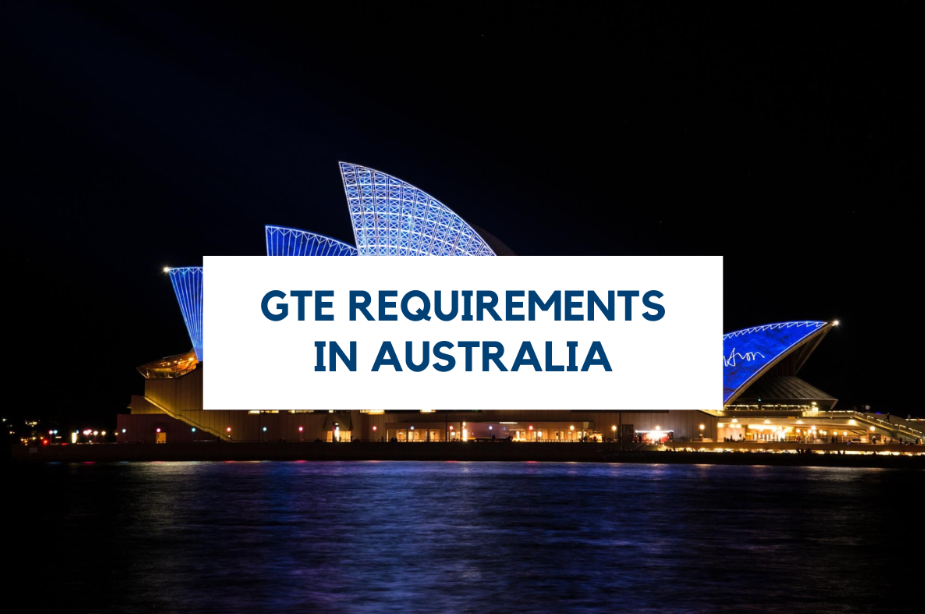


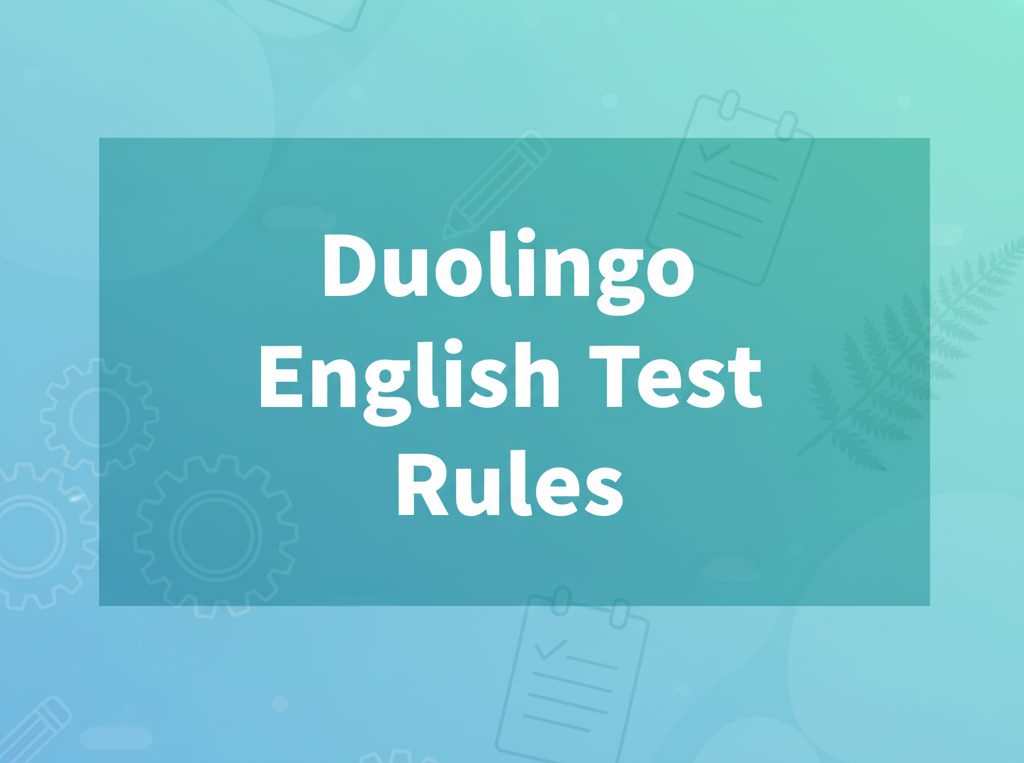

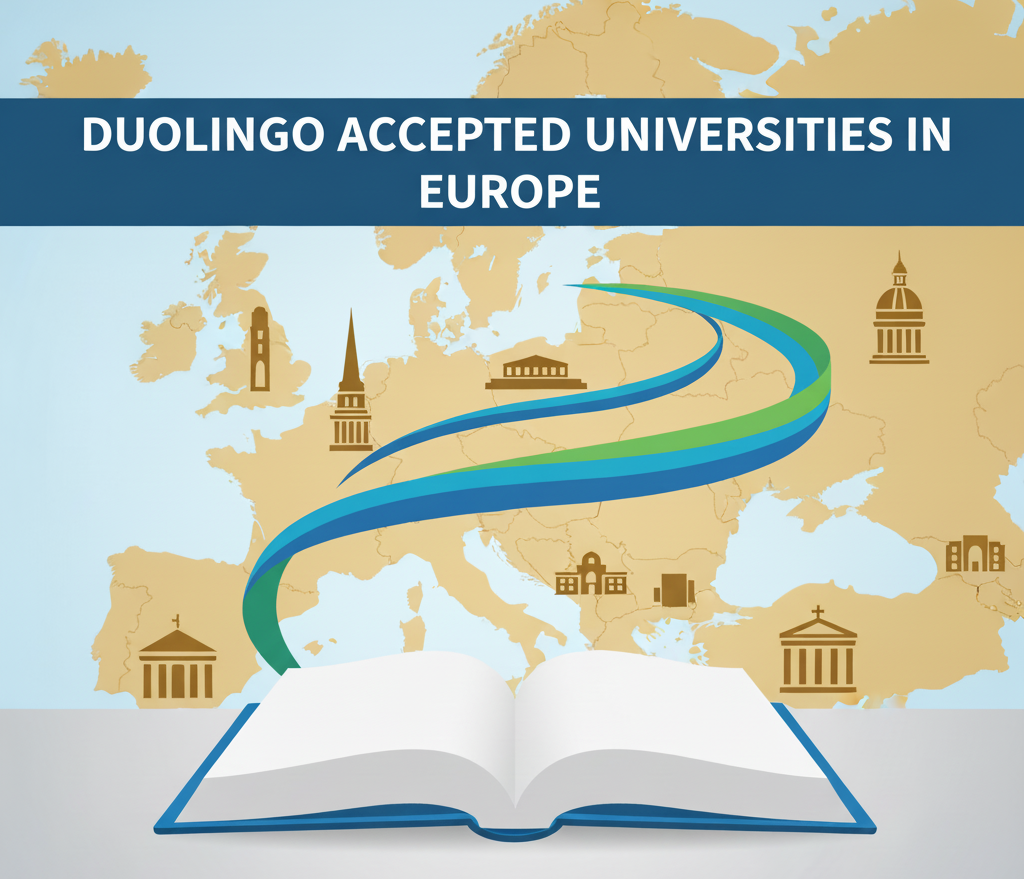
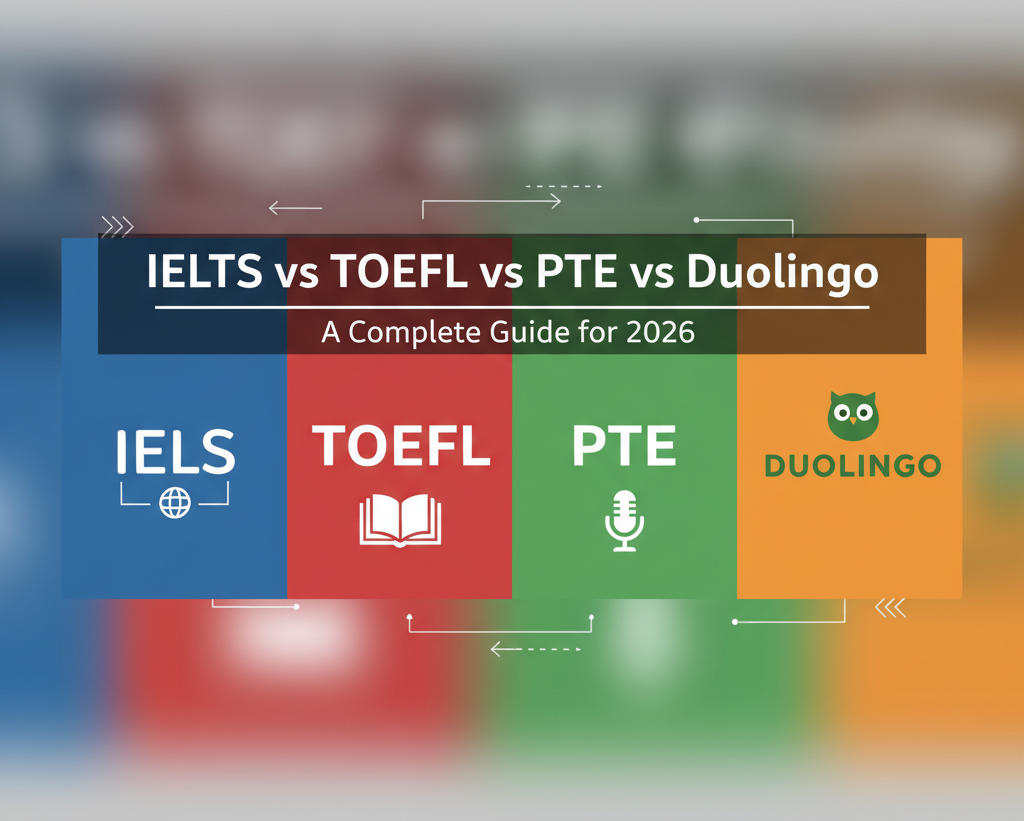


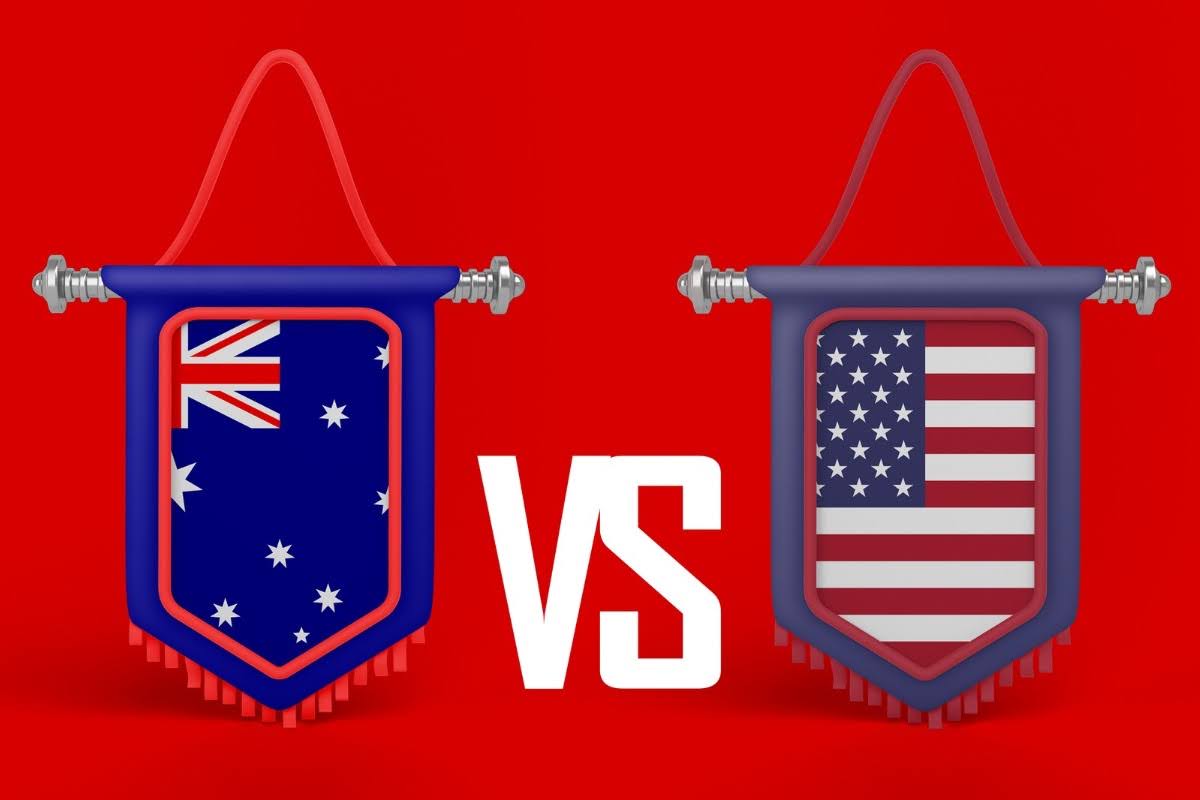
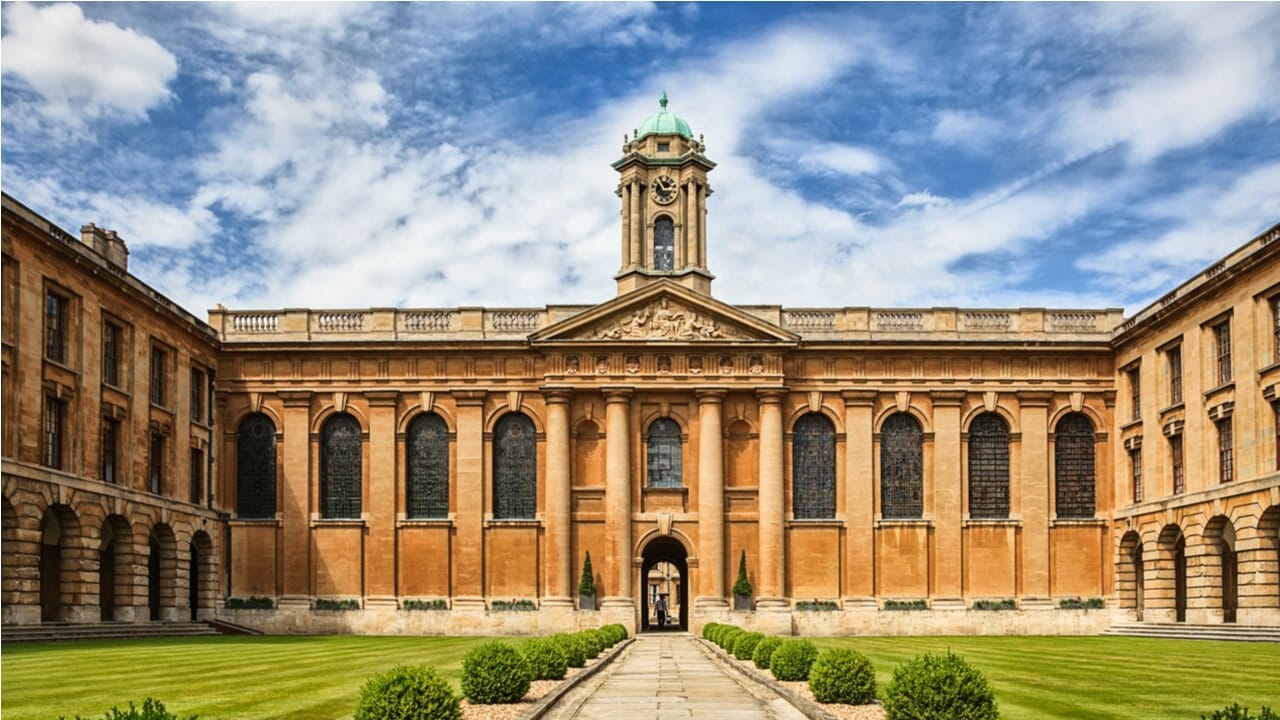





Have Questions? Get Guidance to reach your Dream University
Connect with India's finest counsellors and biggest study abroad community.
Get Guidance